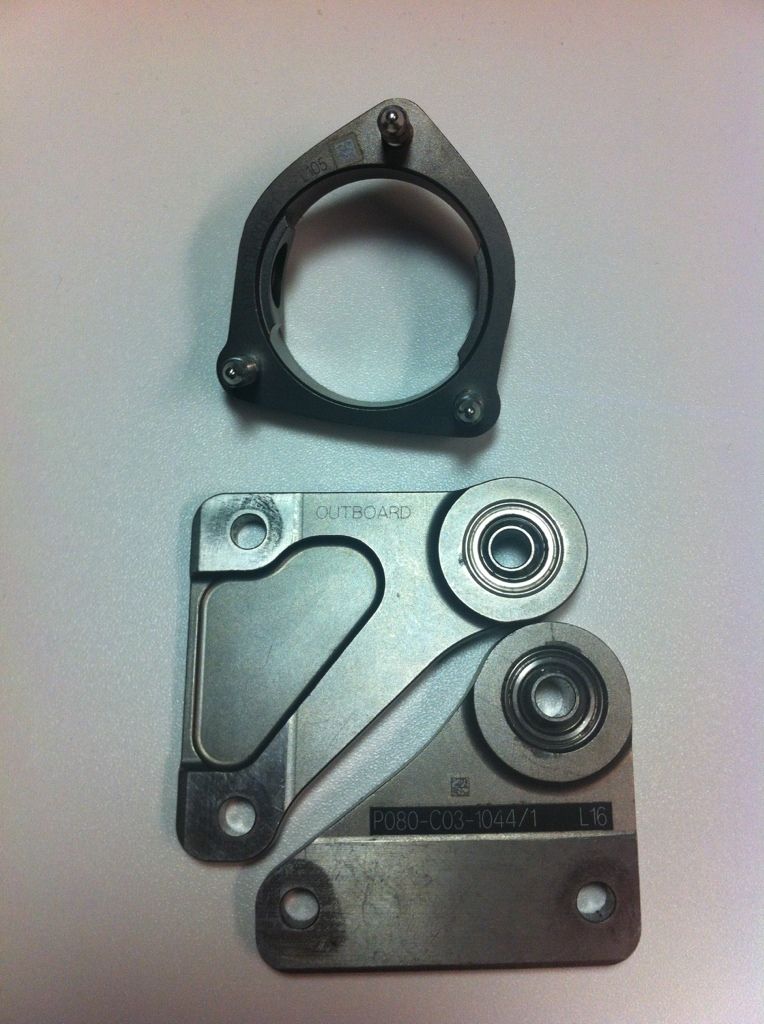ChipAyten wrote:With the development of modern lighter materials what parts of the car are still made from steel? Piston rods, axle shaft, pins, crank bearings? Just some I suspect.
So, from the FIA 2012 regs directly:
9.6.4 Gear ratios must be made from steel. - So the gear ratio's are steel
10.5.2 The loads from the suspension members and wheel bearings must individually and entirely be carried by the suspension upright. Exceptionally up to three suspension members may be connected together by titanium, aluminum alloy or steel components before their load is passed into the upright. - So some of the suspension can be steel
5.17.2 Piston pins must be manufactured from an iron based alloy and must be machined from a single piece of material. - Whilst specified as steel, high strength steel predominately I'd expect
5.17.3 Connecting rods must be manufactured from iron or titanium based alloys and must be machined from a single piece of material with no welded or joined assemblies (other than a bolted big end cap or an interfered small end bush). - I expect most to be titanium, however they could be steel if required.
5.17.4 Crankshafts must be manufactured from an iron based alloy. -Again, not steel specifically, high strength steel predominately I'd expect
5.17.5 Camshafts must be manufactured from an iron based alloy. - Again, steel
5.17.6 Valves must be manufactured from alloys based on Iron, Nickel, Cobalt or Titanium. Hollow structures cooled by sodium, lithium or similar are permitted. - possibly steel but I expect titanium (intake) and inconel (exhaust) to dominate.
5.17.7 Reciprocating and rotating components: b) Rolling elements of rolling element bearings must be manufactured from an iron based alloy. - and again.
Pistons are typically aluminum based alloys, either Al-Si, Al-Cu, Al-Mg, or Al-Zn.
Gearbox cases (as said), hubs, some fasteners and a few other parts would/could use various steels.
Never approach a Bull from the front, a Horse from the back, or an Idiot from any direction



